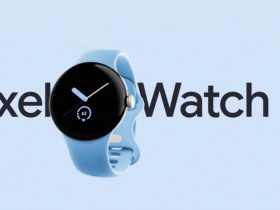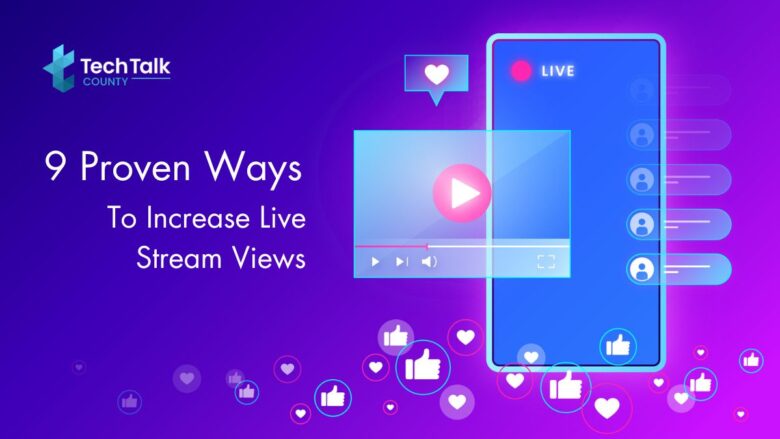Picking up your smartphone and going live is all it takes to start livestreaming. However, if you want it to look and sound professional, we recommend that you plan ahead of time.
Whether it’s a live Q&A with thought leaders or a virtual conference, a purposeful, well-planned live video may help you expand your brand and reach a larger audience. Going live can be intimidating, so we’ve compiled a list of 9 ideas to help you get ready for a successful livestream.
1. Define the goal of your livestream
What do you want to do with your live stream? Figure out what you want to achieve. Whether it’s getting more people to watch, getting potential customers, or selling more, the first thing to do is to decide your goal.
Deciding why you are going live will help you plan what your stream will be about. For instance, if you want to sell more, you might want to show a new thing you’re selling during the stream. This makes it easier to use the live video later for things like ads or demos to get more people interested in buying.
2. Select your topic
Choose a topic and the type of conversation you want to have with your audience. Speaking confidently about the subject can help you control the broadcast.
Determine the format when you’ve decided on a topic. It could be a Q&A session, a how-to video, interviews, behind-the-scenes videos, or product and service announcements.
3. Choose your target destination(s)
When choosing where to show your broadcasts, think about your goal. Who are you trying to reach, and where are they? Do they hang out on social media like Facebook, Twitter, LinkedIn, Instagram, or YouTube, or maybe all of these?
After picking where to stream, find the best time to go live. Consider time zones and when your audience is free to watch.
Here’s a tip: Keep a regular schedule for your live videos. It helps people know when to expect new content and grow your audience.
4. Choose right equipment
Most livestreaming platforms will accept a smartphone or a computer with a built-in webcam and microphone. For more professional look use, cameras, tripods, microphones, and audio equipment.
5. Prepare an outline
To keep your livestream on track, create an outline with important talking points to ensure you understand the subject thoroughly. Avoid scripts since they are restrictive and can detract from the authenticity of a live stream.
A key point framework will provide your broadcast structure and organisation while relieving you of the pressure of being 100% spontaneous.
6. Promote ahead of the live event
Begin marketing your livestream a few days ahead of time by amplifying it on your social media networks, email newsletters, and other distribution platforms.
If you have guest speakers, ask them to promote the livestream on their channels.
Make a note of the channels you’ll be going live on, the time and date, and the topic you’ll be addressing.
7. Rehearse your run-of-show
Do a practice run, just like a dress rehearsal. This is an excellent opportunity to put your equipment, audio, and internet connection to the test.
Run a few tests in the environment you’ll be working in using the exact equipment you intend to use. The internet, particularly WiFi, is unreliable. It’s critical to have a strong enough internet connection to stream video.
To check how you sound and look on camera, record yourself while rehearsing your delivery. It’s best to plan ahead of time for anything that could go wrong.
8. Set up social monitoring
When you’re live, talking with your audience as they react is crucial. Comments don’t last long, so it’s best to answer them right away if you can.
Comments might come in quickly, which can be a lot for the person speaking. If it gets too much, having someone check and handle questions during the live broadcast is smart.
Doing this builds a better bond with viewers, makes things livelier, and encourages people to come back for more livestreams later on.
9. Leverage the live stream
Use the live stream: Don’t let the live stream go to waste after your event! Make a copy so you can reuse the footage and utilise it in your marketing strategy. Create teaser videos for future events, share video clips on social media throughout the year, or create a sizzle reel for your website!
Another significant method to use the recorded live stream is to share the video as soon as the event finishes to allow late viewers to catch up on what they missed, or to allow participants to go back and revisit parts of the event again.























Leave a Reply